On November 4, 2014, the United States Attorney for the District of South Carolina Bill Nettles announced that 33-year-old Damien Wade Conley of Chesnee, South Carolina was sentenced to 37 months in federal prison for “aiming a laser pointer at an aircraft”, a violation of 18 U.S.C. § 39A. (Yes, merely “aiming” the laser is enough to commit the crime, at least one Court of Appeals has opined. See below.)
The Office’s Press Release stated:
Evidence presented at the change of plea hearing established that on November 20, 2013, Conley recklessly aimed the beam of a laser pointer at two news helicopters as they were flying to cover an accident on the interstate. The beam from the laser pointer struck each helicopter and invaded the cockpit.
The inherent danger in pointing a laser into the cockpit of an aircraft is that the pilot can be temporarily blinded by the laser light and can become disoriented while trying to continue operating the aircraft. Such an act can interfere with the safe operation of an aircraft and poses significant risk of accident and injury.
Travelblawg mentioned a similar case in August of a Denver man charged with allegedly pointing a laser at the Denver Police Helicopter.
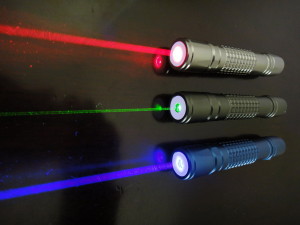
FBI Awareness Campaign
Earlier this year, the FBI released another campaign effort to draw the public’s attention to this dangerous crime, and included the offer of reward money for information leading to the arrest of persons intentionally “lasing” aircraft. Thousands of laser attacks go unreported every year. If you have information about a lasing incident or see someone pointing a laser at an aircraft, call your local FBI field office or dial 911. The 12 FBI offices participating in the new program are Albuquerque, Chicago, Cleveland, Houston, Los Angeles, New York City, Philadelphia, Phoenix, Sacramento, San Antonio, San Juan, and the Washington Field Office.
FBI Press Releases here (including 2 videos) and here.
Interfering with the operation of an aircraft has long been a federal crime, but the FAA Modernization and Reform Act of 2012 specifically made it a federal felony to knowingly point the beam of a laser at an aircraft.
The Statute
The United States Court of Appeals For the Eighth Circuit examined the federal crime related to aircrafts, specifically 18 U.S. Code § 39A “Aiming a laser pointer at an aircraft” in United States v. Smith, No. 13-2728 (8th Cir. June 27, 2014), 2014 WL 2898464.
In Smith, a police helicopter investigated a report by commercial 737 pilots that their cockpit had been illuminated by a laser in the Omaha, Nebraska area. According to the court, the defendant aimed his laser pointer’s green beam at the police helicopter, blinding them in the same manner. After a brief game of “cat-and-mouse” of him repeatedly shooting the copter, the pilots were able to identify Smith’s exact location and dispatched a patrol vehicle.
Police located defendant Smith standing in his backyard pointing a green laser pointer skyward in the direction of the helicopter. He was arrested and questioned, stating “that earlier he had been shining [the laser] at aircraft that he thought were far enough away that it wouldn’t actually reach those aircraft” while he “denied actually shining [the laser] at the police” helicopter.
Defendant was prosecuted under 18 USC § 39A, which provides:
Whoever knowingly aims the beam of a laser pointer at an aircraft in the special aircraft jurisdiction of the United States, or at the flight path of such an aircraft, shall be fined under this title or imprisoned not more than 5 years, or both.
The 8th Circuit examined the appeal of Defendant’s conviction on (1) whether defendant did “knowingly aim” the laser and (2) the relevance of certain expert testimony regarding the atmosphere close to the ground containing dust which reflects the laser’s beam.
The 8th Circuit concluded that merely aiming a laser in the direction of aircraft meets the statutory definition, regardless of the offender’s intent or belief that the laser did or could reach the aircraft. In other words, the offense requires that “an offender understand he or she is pointing or directing the laser’s beam at an aircraft, regardless whether the offender intends to strike the aircraft.” As such, the doctor’s testimony about the likelihood of the laser to reach the aircraft was irrelevant, and properly excluded by the district court.
Some FBI stats:
– Since the FBI and the Federal Aviation Administration (FAA) began tracking laser strikes in 2005, statistics reflect a more than 1,100 percent increase in the deliberate targeting of aircraft by people with handheld lasers.
– In 2013, there were a total of 3,960 laser strikes reported—an average of almost 11 incidents per day. Industry experts say laser attacks present potential dangers for pilots.
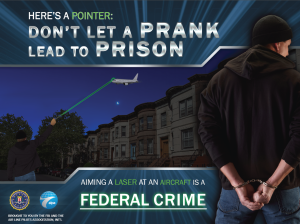
____
@travelblawg
facebook.com/travelblawg
Subscribe in the sidebar!
Disclosure of Material Connection: Some of the links in the post above are “affiliate links.” This means if you click on the link and purchase the item, I will receive an affiliate commission.


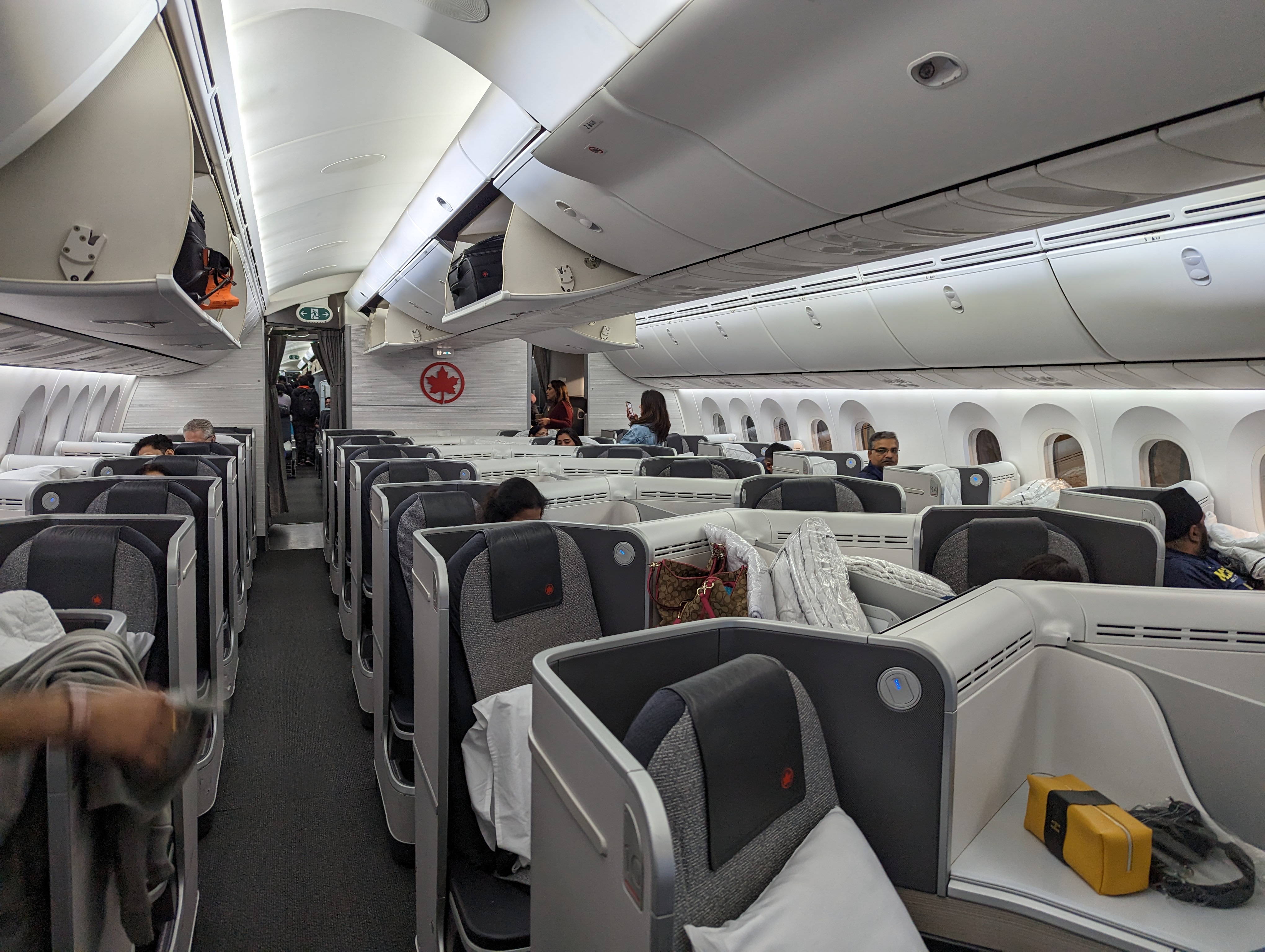

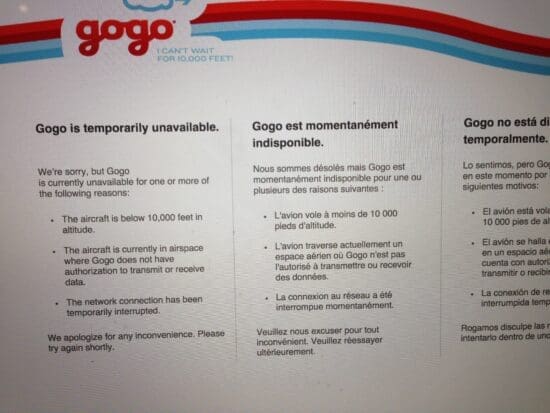
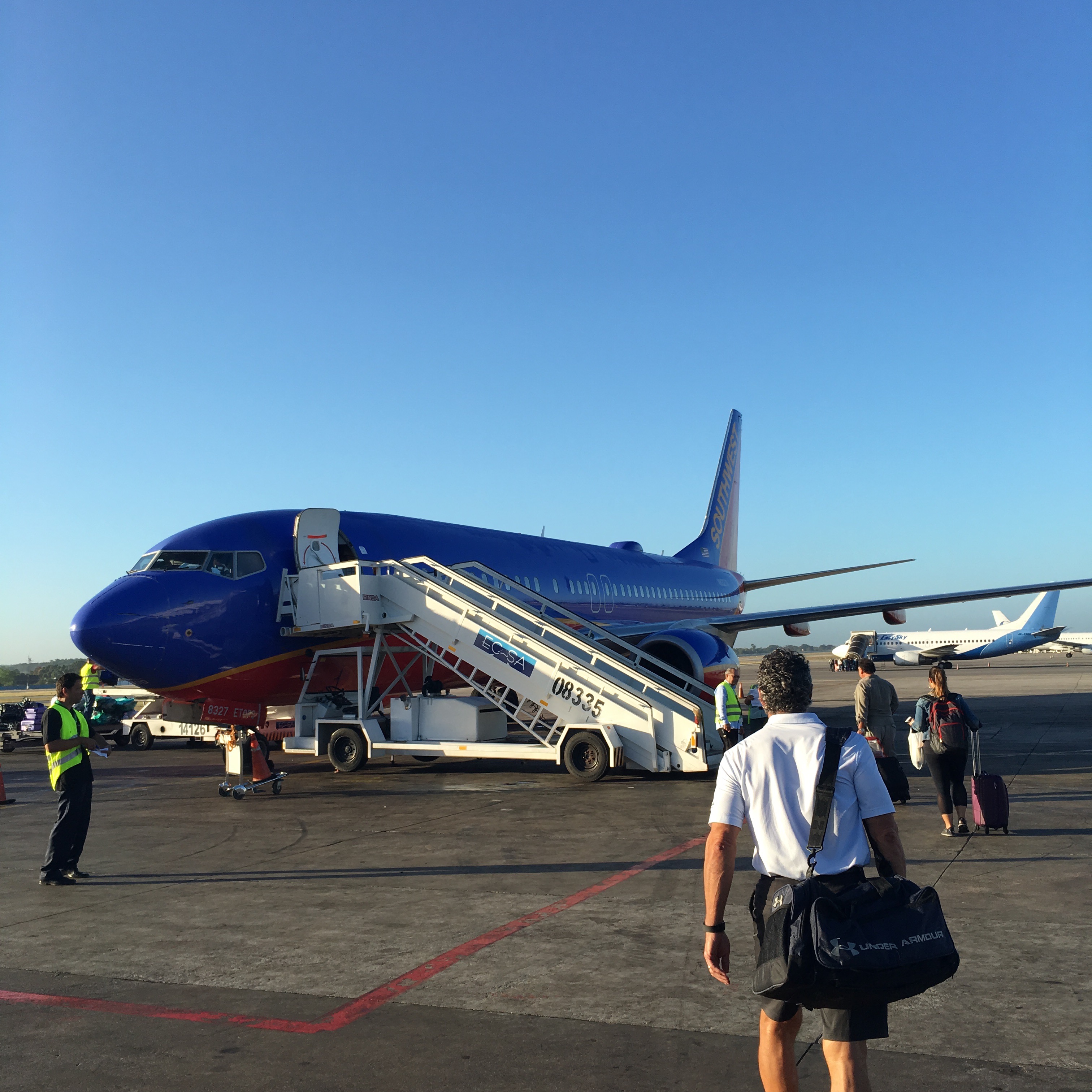
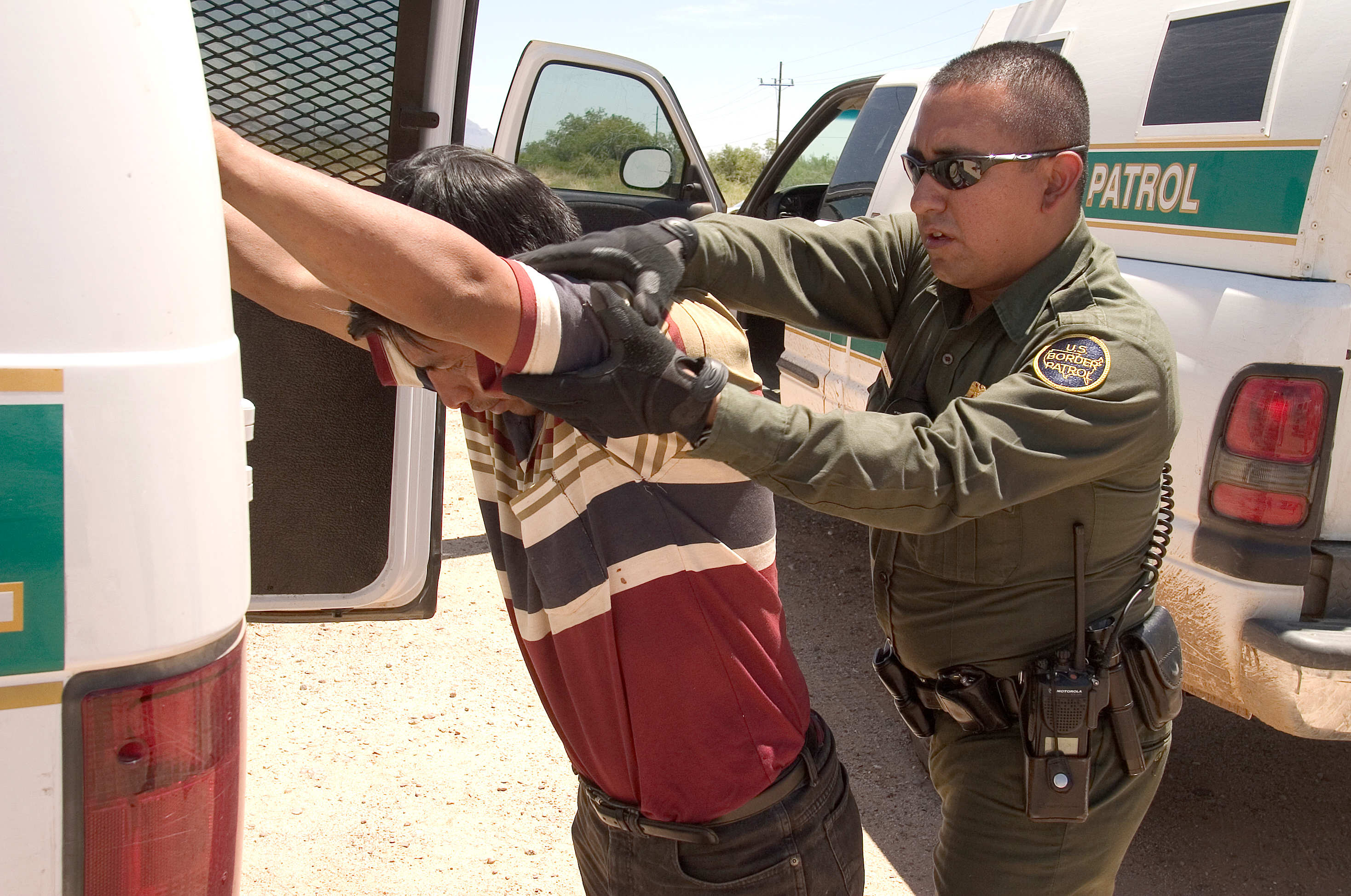




Years ago when I was really into the VHF/UHF/Microwave bands of amateur radio, I heard a story about a guy who was building a laser station for moonbounce (which is really cool – you bounce your signal off of the moon to talk to someone else). It was an enormous setup (cooling and power enhancement) and he actually had to stop because it became one of the most powerful lasers outside of labs and they were afraid what it would do to an aircraft flying overhead, since he was pointing at the moon.